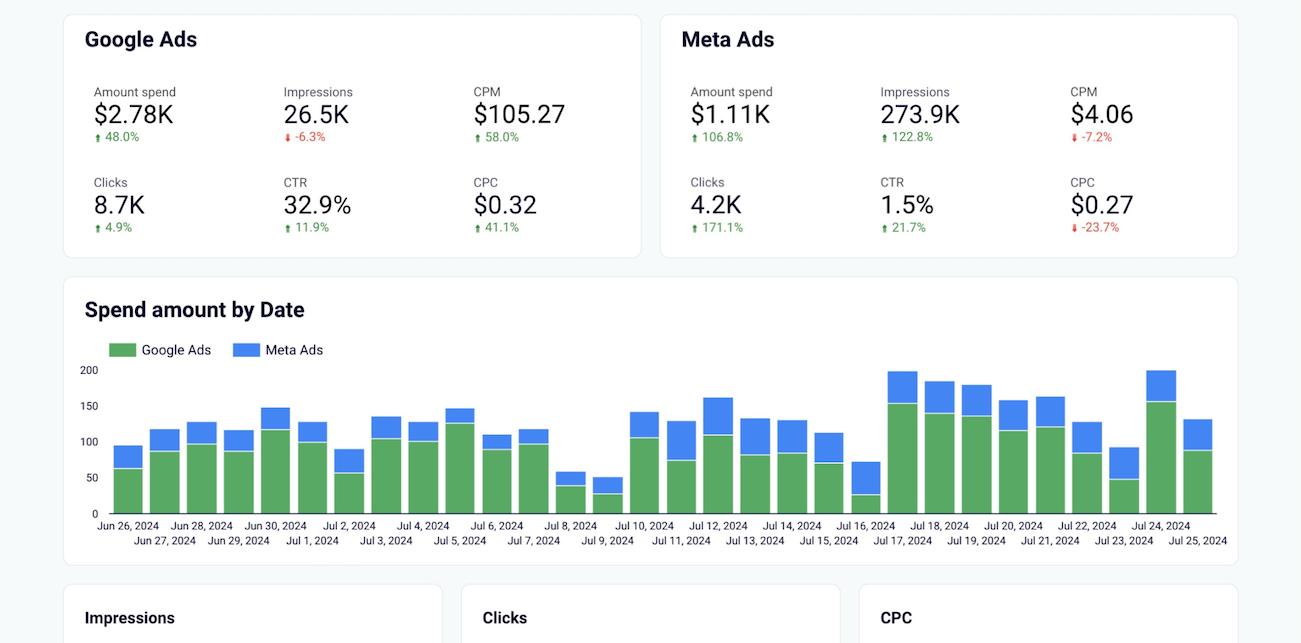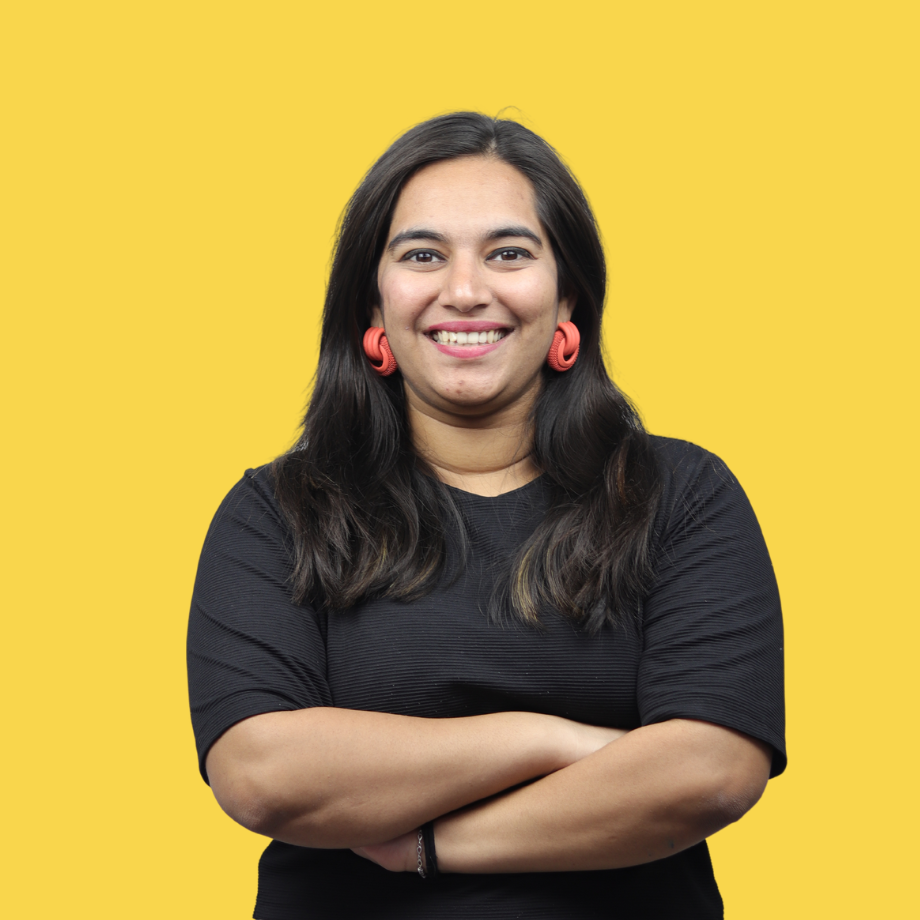There are no items in your cart
Add More
Add More
| Item Details | Price | ||
|---|---|---|---|
Because both platforms are giants in their own way, and both deliver visible results, and yes, both promise the best ROI you can ever imagine.
But here’s the thing that most people don’t tell you: what works for one brand might completely flop for yours. I’ve seen it happen over and over again in my 6+ years of experience in this field.
One campaign on Facebook performs like magic, while another on Google doubles the conversions. So, instead of looking for “the better one,” it’s smarter to ask which one fits your goal right now?
So let’s break it down together and understand from the basics which one can actually work for you.
Facebook Ads usually work on a Cost Per Click (CPC) model. That means you can actually reach thousands of people with a relatively small budget if your ad is well-designed with clear messaging.
On the other side, Google Ads runs on keyword bidding. Where you literally pay for search terms for your audience types. And since competition is tough, clicks can get expensive, especially in industries like real estate, finance, or digital marketing, etc.
But here’s the thing: a cheaper ad doesn’t always mean a better ad. You might get lots of clicks on Facebook and still see no conversions if the audience wasn’t ready to buy your product yet.
And the real question that comes here is, are you paying for just interest or real intent? Facebook gives you a broader reach, while Google gives you better accuracy.
So, who is the winner? Well, it actually depends on your goal and how well your creatives or landing pages convert that attention into action.

I have tried and tested multiple ad creatives for a very long period. After testing and observing multiple ad campaigns across different platforms, here's the pattern that always stands out the most for me.
1. Facebook Ads work best for visual and lifestyle products like Fashion, fitness, food, home decor anything that looks good in a photo or video works best here. You can also use Storytelling and emotion to connect with your audience. It can work as your strongest weapon if you know how to use it exactly.
2. Google Ads work best for high-intent services or searches, as we have talked about earlier. For businesses like consultants, courses, or agencies where people search for specific solutions and product categories, Google can bring you leads that are ready to act and convert.
3. One interesting insight that I usually see is that brands often see the best ROI when they combine both platforms. You can use Facebook to introduce your brand and warm up audiences, then retarget them or capture them when they start searching for you on Google.
The problem is not always the platform; it’s often the approach that you use in your creatives. Many marketers expect unrealistic conversions on day one, even when they are targeting completely cold audiences who’ve never heard of or are not aware even from the brand.
They skip the most crucial step of retargeting, missing out on nurturing potential buyers who just needed a few more touchpoints to convert. Some keep running the same creative for months without testing new angles, creatives, and formats, eventually burning out both the audience and the ad itself.
And one of the biggest mistakes I’ve seen is treating Facebook and Google as two separate worlds. In reality, they complement each other more than most people realize. I’ve seen campaigns underperform simply because the data wasn’t synced between the two platforms.
For example, people might click a Google ad but only purchase after seeing a reminder on Facebook later. That’s why, instead of blaming the platform, the real fix lies in bridging the strategy gap. When your ad funnel and data are connected, both Facebook and Google start working together, and that’s when you know your ROI truly starts to grow.
Digital advertising is evolving very rapidly. Previously, we could manually choose audiences, interests, and targeting, but with stronger privacy rules and AI taking over, platforms like Meta and Google now handle most of the optimization.
Updates like Meta’s Andromeda have changed how ROI works. Now it’s not about who clicks your ads first but more about how well your data and creatives train the algorithm.
Brands that embrace AI tools are already seeing better results with smaller budgets. So, if you’re still running ads the old way, it’s time to adapt because in today’s ad world, smarter data means stronger returns.
READ MORE: 5 Meta READ MORE: 5 Meta Ads Mistakes That Most
So, what do you think, who’s the real winner: Facebook Ads or Google Ads? The reality is, neither one wins on its own. The better platform completely depends on your business type, goals, and how strong your creatives and strategies are.
If your brand needs awareness, storytelling, or emotional connection, Facebook Ads are your best option. But if your goal is to target people who are already searching for what you offer, Google Ads will give you faster and better results.
The brands that perform best today are the ones that understand how to balance both platforms. Using Facebook to create demand and Google to capture it as soon as possible.
Because ROI isn’t just about the platform you choose, it’s about how smartly you use it. Your audience, your offer, and your content strategy define your success far more than the ad tool itself.
So, according to your needs and requirements, combining both platforms in the right way can unlock the kind of growth every marketer dreams of.

DAMINI TRIPATHI
Damini Tripathi, rocking the digital marketing scene for 5 awesome years. Started from scratch, now running my digital marketing agency and creating cool content too. She has been one of the fastest-growing digital marketers on the internet. Damini has also scaled multiple clients from ZERO —> HERO.